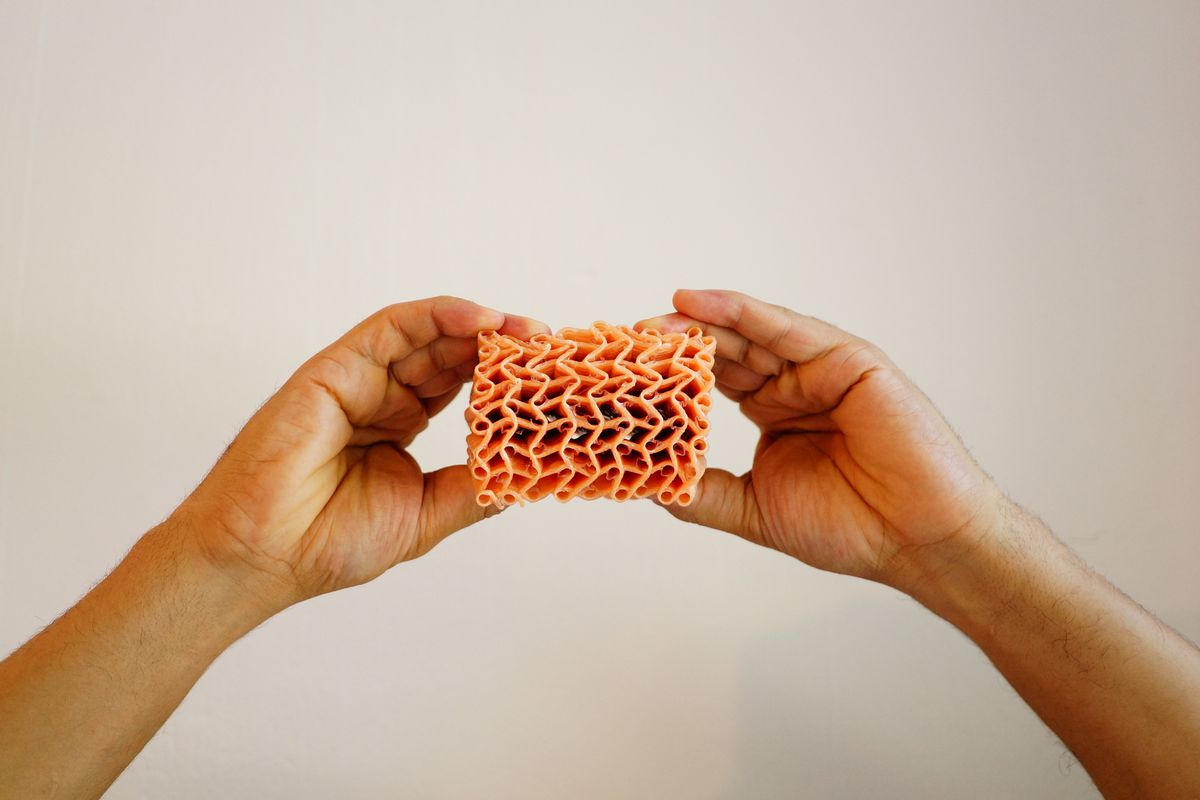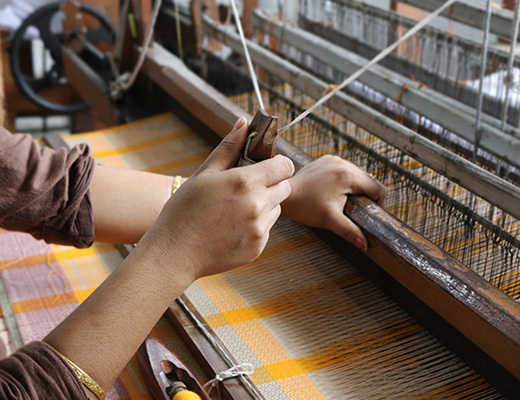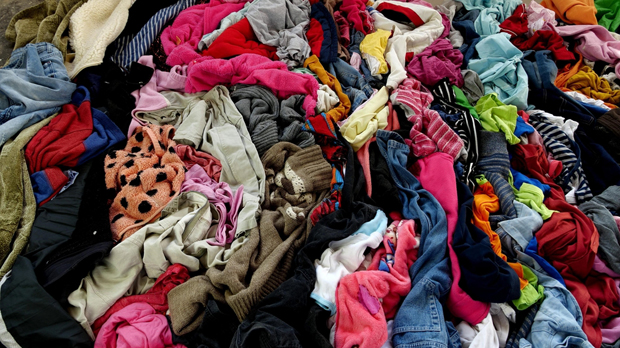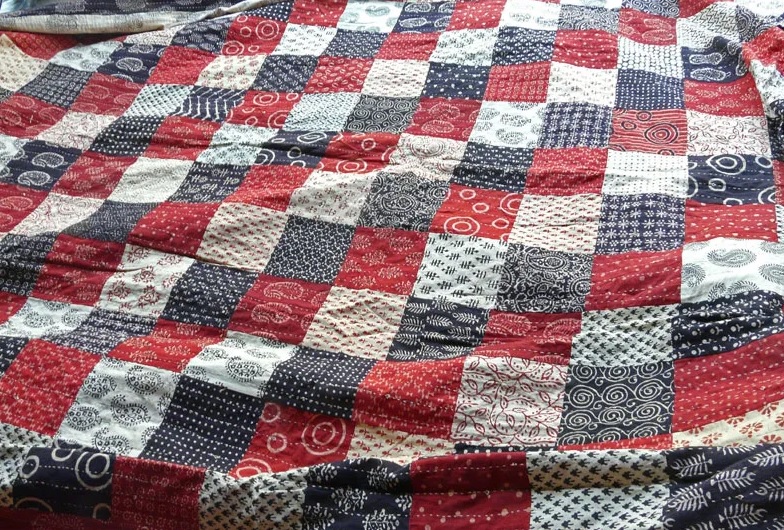Rebounding notably, the comprehensive prosperity index for the China’s textile industry grew by 55.6 per cent, 57 per cent, 55.9 per cent, and 57.2 per cent respectively in 2023, shows data from the China National Textile and Apparel Council.
Capacity utilisation rates and production in the textile sector increased steadily during the year, as per the National Bureau of Statistics. In 2023, the textile and chemical fiber industries boasted capacity utilization rates of 76.4 per cent and 84.3 per ent respectively, surpassing national industrial averages. Particularly, the chemical fiber industry saw a 2-percentage-point increase in utilisation compared to the prior year. Though the industrial added value of large-scale textile enterprises decreased by 1.2 per cent Y-o-Y, it reflected a 0.7 percentage point improvement from 2022.
Diverse and personalised clothing consumption, coupled with the rising popularity of independent brands and the ‘guochao’ phenomenon, fueled domestic demand for textiles. Retail sales of clothing and related goods surged by 12.9 per cent in 2023, marking a 19.4 percentage point increase from 2022, surpassing pre-pandemic levels. Online retail, especially in sporting goods, grew by 10.8 per cent Y-o-Y.
Despite challenges such as reduced overseas demand and increased trade risks, China's textile exports demonstrated resilience. Exports to ‘Belt and Road’ countries showed promise, mitigating overall declines. Total textile and apparel exports reached $293.64 billion in 2023, marking an 8.1 per cent Y-o-Y decrease
While textile enterprises contended with market sluggishness and high costs, improved domestic demand bolstered benefits. Business revenue decreased by 0.8 per cent narrowing by 0.1 percentage points from the previous year, while total profits surged by 7.2 per cent a 32 percentage point increase from 2022. Operating income margins reached 3.8 per cent, a 0.3 percentage point rise from 2022.
Looking to 2024, China's textile industry faces continued uncertainties amid a complex international landscape. Yet, domestic market dynamics driven by urbanisation and ‘guochao,’ along with initiatives like the ‘Belt and Road’ and free trade zones, offer avenues for expansion and resilience against external risks.












